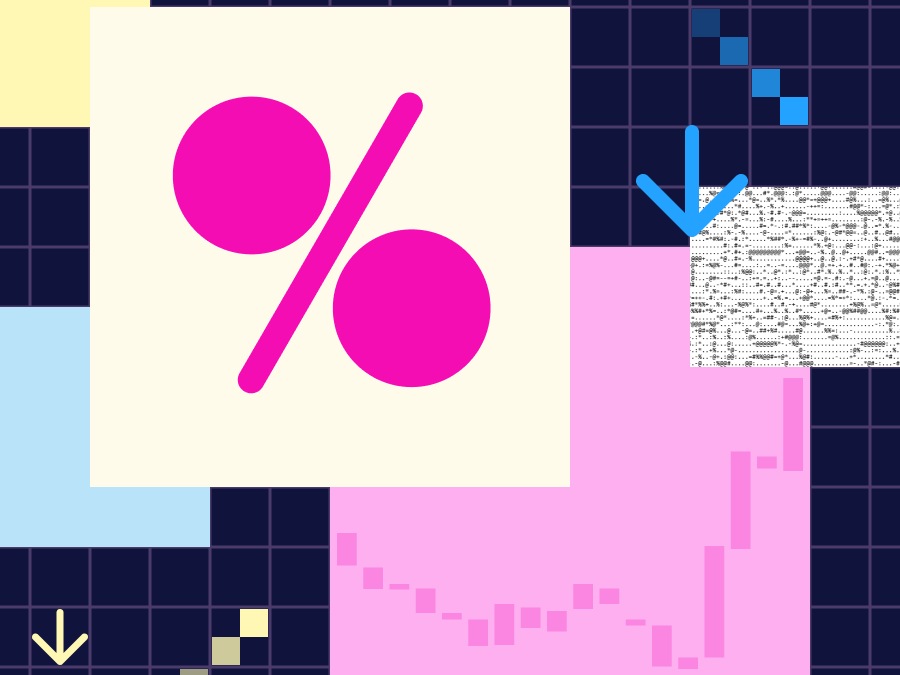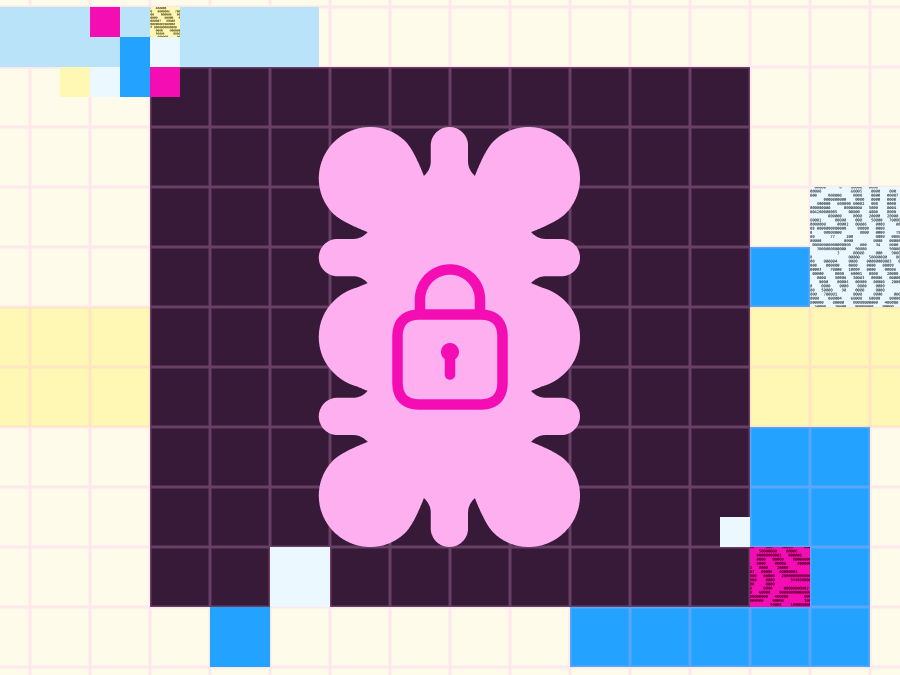Onchain swaps are getting much, much faster — thanks to better routing, improved infrastructure, and smoother wallet flows. But why does it matter, and are you using the tools that make faster swaps possible?
Here’s a closer look at the upgrades speeding up swaps across Uniswap apps, and how they work together to improve your experience.
Why swap speed matters
Speed isn’t just about instant settlement; it affects pricing and reliability. Whether you’re bridging, using stablecoins, or swapping, faster execution helps you get the price you expect.
Here’s why speed isn’t just a nice-to-have:
- More consistent pricing: Faster swaps reduce the chance of price movement (whether due to slippage or MEV attacks), so what you see when you click “swap” is more likely to match what you get.
- Fewer failed transactions: Delays can cause swaps to revert (aka fail). Faster execution helps your trade go through the first time.
- Focus on what matters: When your swapping app is intuitive, it allows you to trade quickly and stay focused on the market, without missing a beat.
How to get faster swaps
Waiting for network activity to slow down used to be the only way to get faster swaps. But it’s a new day for DeFi. Swapping is getting faster by design.
Ready to speed up your trades? Start with these three quick tips available in the Uniswap Web App and Wallet.
1. Swap on the fastest network
Not all networks confirm swaps at the same speed. Compared to Ethereum mainnet, Layer 2s like Unichain have quicker execution and lower gas fees.
On average, Unichain has one-second block times and gas costs 95% less than on Ethereum mainnet, reducing the time and cost for transaction inclusion and finality — two key factors in how quickly your swap is confirmed. The third is throughput: how many transactions the network can handle at once.
Unichain is built to optimize all three. Want to learn more? Here’s how Unichain is built for speed.
2. Seek deep liquidity and diverse routing options
Faster networks help your swap settle quickly, but speed also depends on routing. In general, the more liquidity your swap can access, the more likely it is to fill fast, and at the price you expect.
Routing matters too. Some protocols search only public pools. Others tap a broader set of liquidity, including offchain quotes and private market makers. More paths mean better chances of getting filled quickly and at a better rate.
Protocols like UniswapX help you find the most efficient route for your swap, with fewer delays, fewer hops, and stronger pricing.

3. Remove extra clicks
Even with fast networks, extra steps can slow you down. With most crypto wallets, you approve a token, then swap — two separate transactions.
Smart wallets bundle both into a single transaction. You confirm once, and your swap goes through without delays.
It’s not just a smoother experience. Bundling reduces the amount of data that needs to be posted onchain, leading to faster, cheaper execution.
Uniswap Wallet now supports smart wallet functionality, so you can swap in one click on both mobile and browser extension, with no extra setup required.
Swap smarter, swap faster
Faster fills, better prices, less friction — swap speed is no longer about guessing when the network is quiet. It’s built into the tools you use.
Uniswap Labs has pushed speed at every layer of the stack: one-click swaps to streamline the Uniswap Wallet, efficient routing and gasless swaps with UniswapX, and trades on Unichain — a fast, decentralized L2 built for DeFi and cross-chain liquidity.
Ready to try it yourself? Start swapping in the Uniswap Web App.



